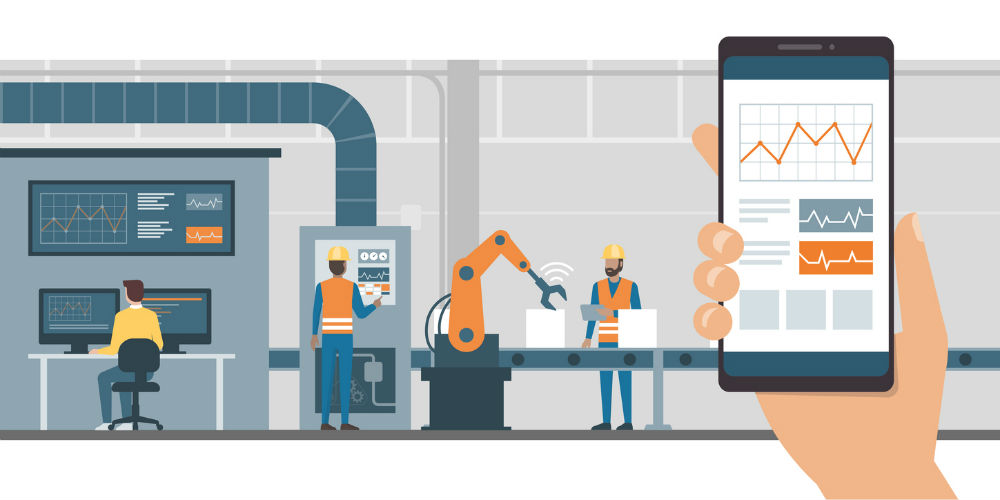In an essay recently published by Fast Company, Don Norman, director of the Design Lab at the University of California, San Diego, claimed that poor technology is dominating consumers’ lives and analyzed how that could be so by asking a few questions—if these principles [of human-centered design] are so powerful and useful, why do they continually have to be taught and retaught? Why does each new industry repeat the failures of earlier industries?
His answer to these questions is that engineers and designers tend to fixate on the symptoms of a problem rather than the problem’s root. If you have strep throat, you can drown yourself in chloraseptic (don’t) and rewatch every season of Friends in bed (also, don’t). But if you want to get back to your real life, you will probably need some sort of antibiotic to kill the virus.
“Over 90% of industrial and automobile accidents are blamed on human error with distraction listed as a major cause. Can this be true? Look, if 5% of accidents were caused by human error, I would believe it,” says Norman. “But when it is 90%, there must be some other reason, namely, that people are asked to do tasks that people should not be doing. Tasks that violate fundamental human abilities.”
Norman eventually concludes that it’s not up to humans to fill in the gaps that poorly designed technology forces us to fill. That we should instead design technology that is human-centered. “Instead of starting with the technology and attempting to make it easy to understand and use, let us take human capabilities, and use the technology to expand our abilities,” he says.” We need to return to one of the core properties of human-centered design: solve the fundamental issues in people’s lives.”
Mark Rolston combated Norman’s takes in his essay published in Fast Company called “The Myth of Human-Centered Design,” claiming that though he presents some meritable claims, they lead to a “misleading oversimplification of our relationship to technology” that can “actually lead to bad design.”
“People’s wants and needs do not miraculously appear out of thin air; they are shaped by different experiences over the years, including their experiences with technology, and in turn, technology is shaped by users’ expectations,” says Rolston. “For this very reason, the desktop PC was designed around historical office artifacts like file cabinets, notepads, and trash cans. We still call the modern mobile handset a phone, regardless of how little of that analogy still applies.”
Rolston isn’t rejecting human-centered design as a concept. He’s critiquing the “oversimplified” narrative that Norman has supposedly created which “masks a profound shift happening right now.” He argues that humans and technology are now inseparable, and they work in tandem to develop each other. Technology’s growth is generally linear, leapfrogging off the last invention and improving on its quirks and missteps. We couldn’t have just plucked the iPhone X out of nowhere. We had to go through multiple versions that have eventually become dated because of swift improvements and development of consumer needs.
It seems that these two views are not as irreconcilable as Rolston may think. Of course, we must develop technology according to what we have learned from past technology. It’s called innovation. But Norman isn’t refuting the give-and-take relationship between humans and technology. He is encouraging designers and developers to take a step back, look at the root of the problem rather than the symptoms, and design according to what the human really needs.
If you enjoyed this article and want to receive more valuable industry content like this, click here to sign up for our digital newsletters!










Thank you for putting these two together and exploring how they are not really at odds.
Ralston’s response didn’t make much sense to me. Is he arguing that we must consider the circular nature of how tech influences our needs? His examples all seemed to be pointing towards metaphor which isn’t all that deep or nuanced.